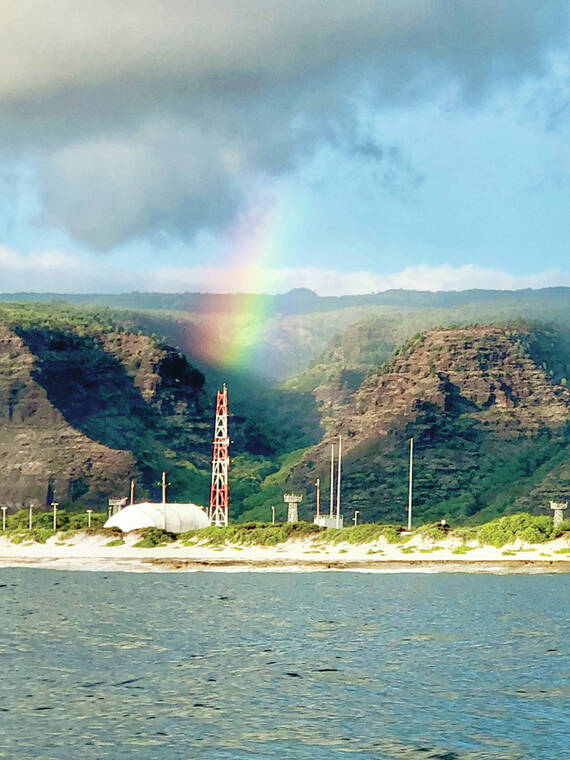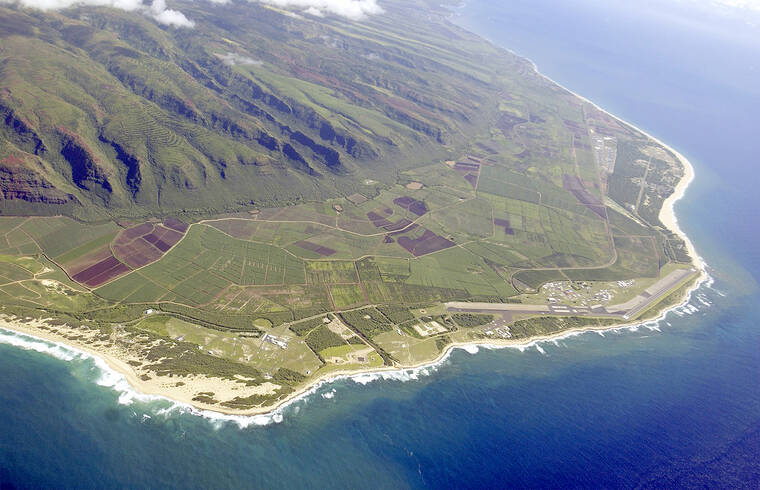LIHU‘E — The U.S. Department of Defense Readiness and Environmental Integration Program (REPI) is awarding Hawai‘i more than $7.1 million to tackle invasive species and recover native plants and wildlife across the island chain.
These projects, in partnership with the state Department of Land and Natural Resources, will be conducted on lands near military training installations across Kaua‘i, O‘ahu and Hawai‘i Island.
“We appreciate the REPI program’s support for numerous projects and initiatives underway and others that are planned,” said DLNR Chair Dawn Chang. “Hawai‘i has the sad distinction of having the highest number of endangered species on the U.S. Fish and Wildlife Service endangered species list. With large areas of state-managed lands adjacent to DOD facilities and installations, we are excited to partner with REPI to get more of our rare plants and animals protected.”
A total of $3.1 million of the awarded funds will be split between the islands to enhance detection and management of high-impact aquatic and terrestrial invasive species.
Of those funds, $180,000 has been set aside for Kaua‘i’s U.S. Navy Pacific Missile Range Facility at Barking Sands to remove invasive, long-thorn kiawe surrounding the installation. The kiawe’s thorns are able to pierce through rubber slippers, boots and tires, and have poison-tipped ends that can cause bruises and swelling. Additionally, the long-thorned kiawe’s dense thickets crowd out native coastal plants, and are capable of rendering large areas impassible.
Approximately 3.6 acres of land surrounding PMRF have been surveyed and designated for long-thorned kiawe control, according to DLNR Division of Forestry and Wildlife Native Ecosystems Protection and Management Manager Emma Yuen.
“Like a fire, it is best to deal with these problems early when they are small before they spread,” Yuen said.
On O‘ahu, $2.7 million will be shared by the U.S. Army Garrison Hawai‘i, Makua Military Reservation, Schofield Barracks, Kahuku Training Area and Poamoho Training Area to restore ecosystems and preserve rare plants and animals.
And on Hawai‘i Island, $1.3 million will go toward the Pohakuloa Training Area’s Napu‘u Natural Resource Protection: Mitigating Rare Plant Impacts Project.
With these efforts, the DOD and DLNR aim to provide resiliency for Hawai‘i in the face of climate change.
As climates become hotter and drier, removal of some invasive species can improve wildfire control and reduction efforts.
Many of Hawai‘i’s rare species also continue to lose habitat as temperatures warm, allowing dangerous invasive species to enter.
“The DOD is committed (to) good stewardship of the environment — and these projects, in partnership with the DLNR, are a demonstration of that committment,” said Marine Corps Maj. Gen. Mark Hashimoto.“The military in Hawai‘i will always play a key role in the defense of our nation, the region and the world. And as we perform this no-fail mission, it is imperative we also protect the land and water for future generations.”
•••
Jackson Healy, reporter, can be reached at 808-245-0427 or jhealy@thegardenisland.com.



